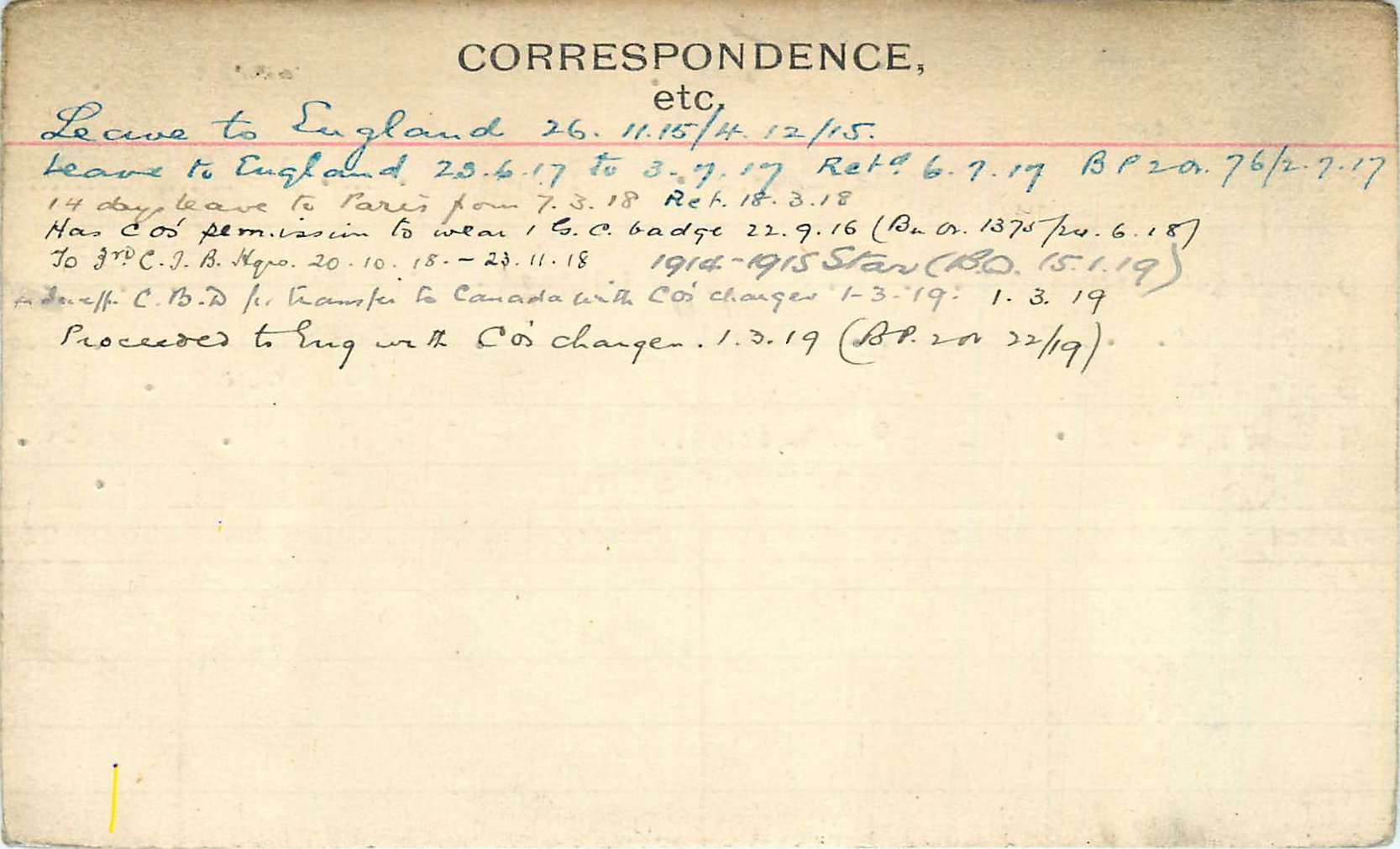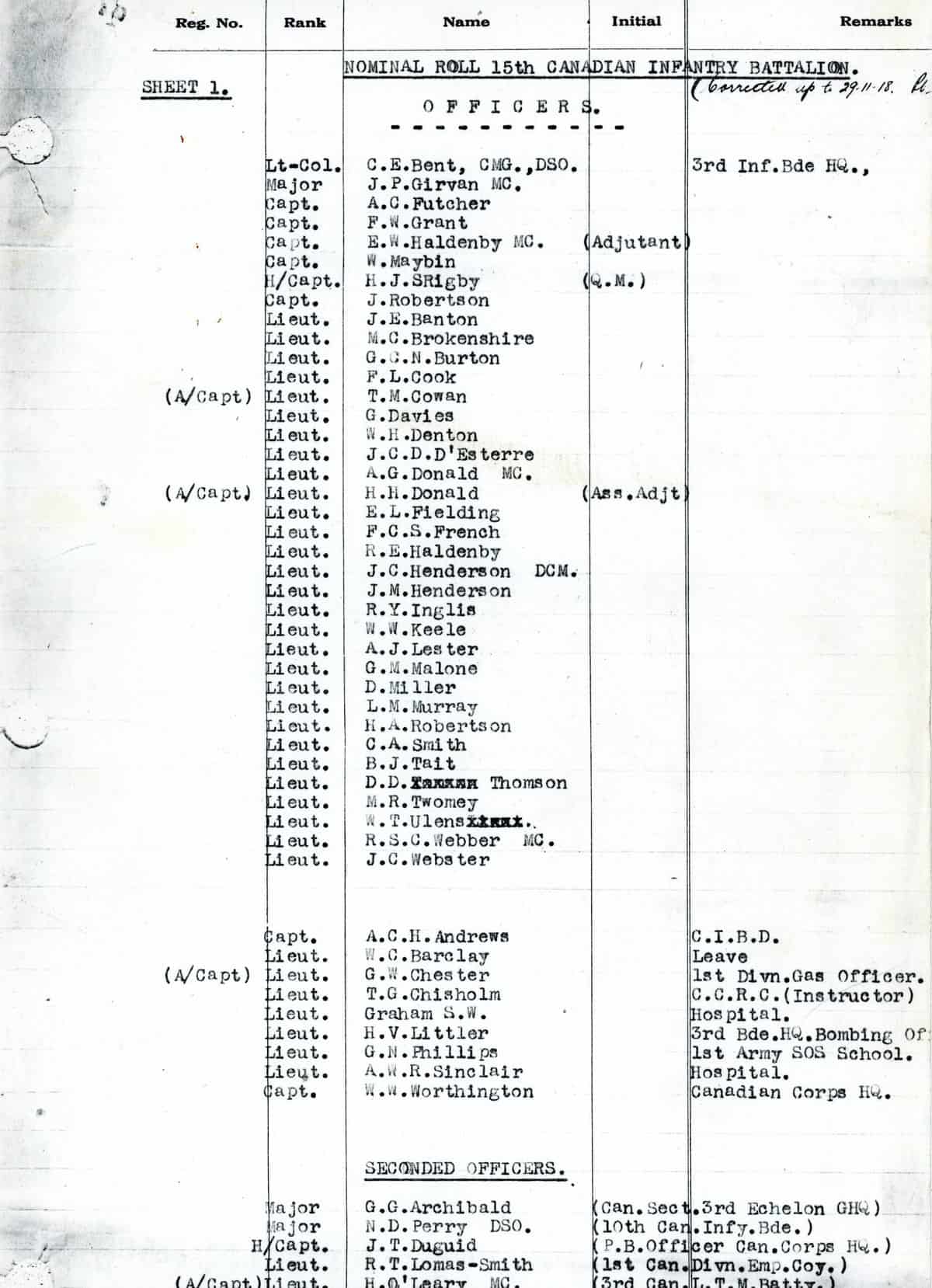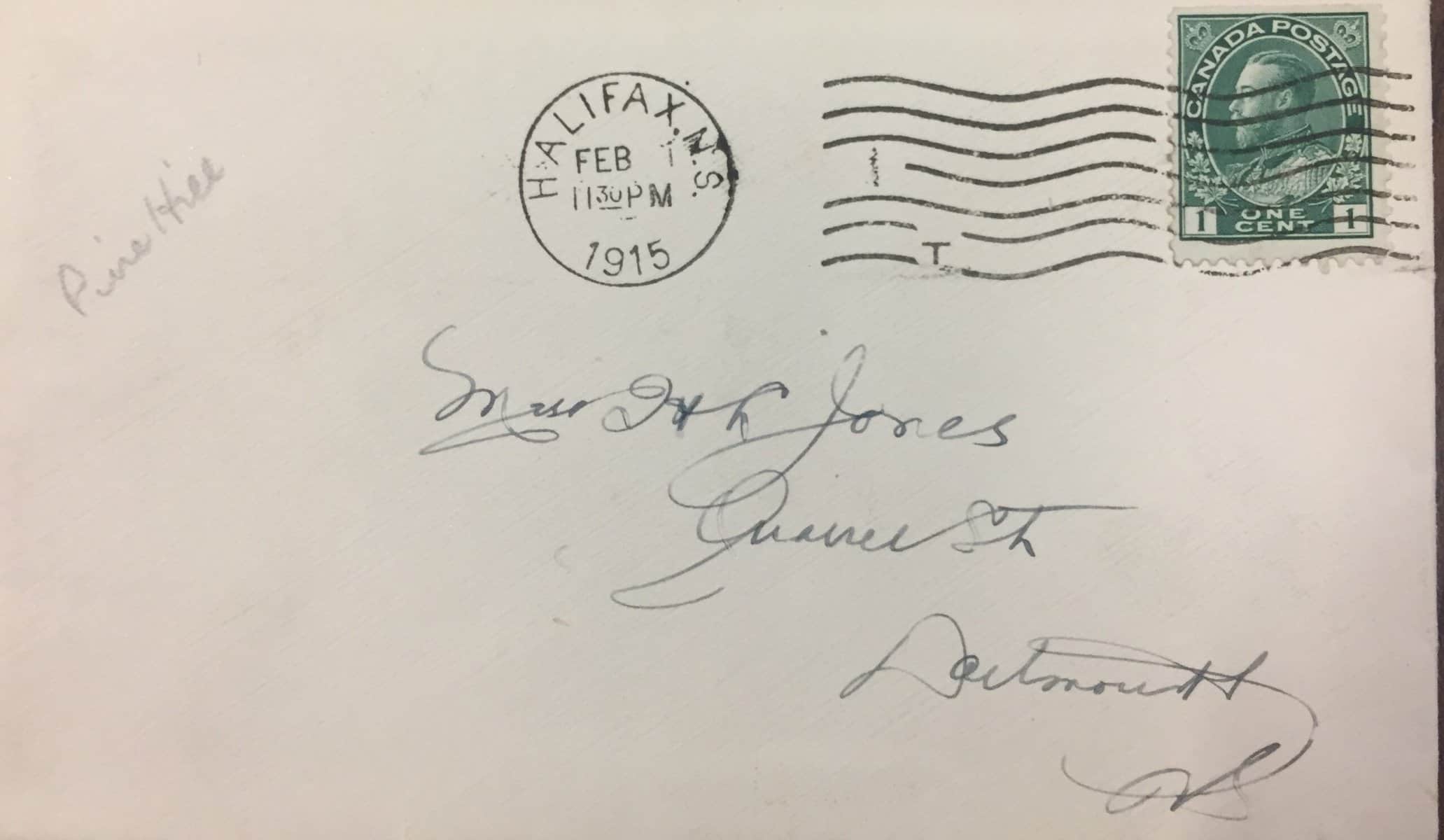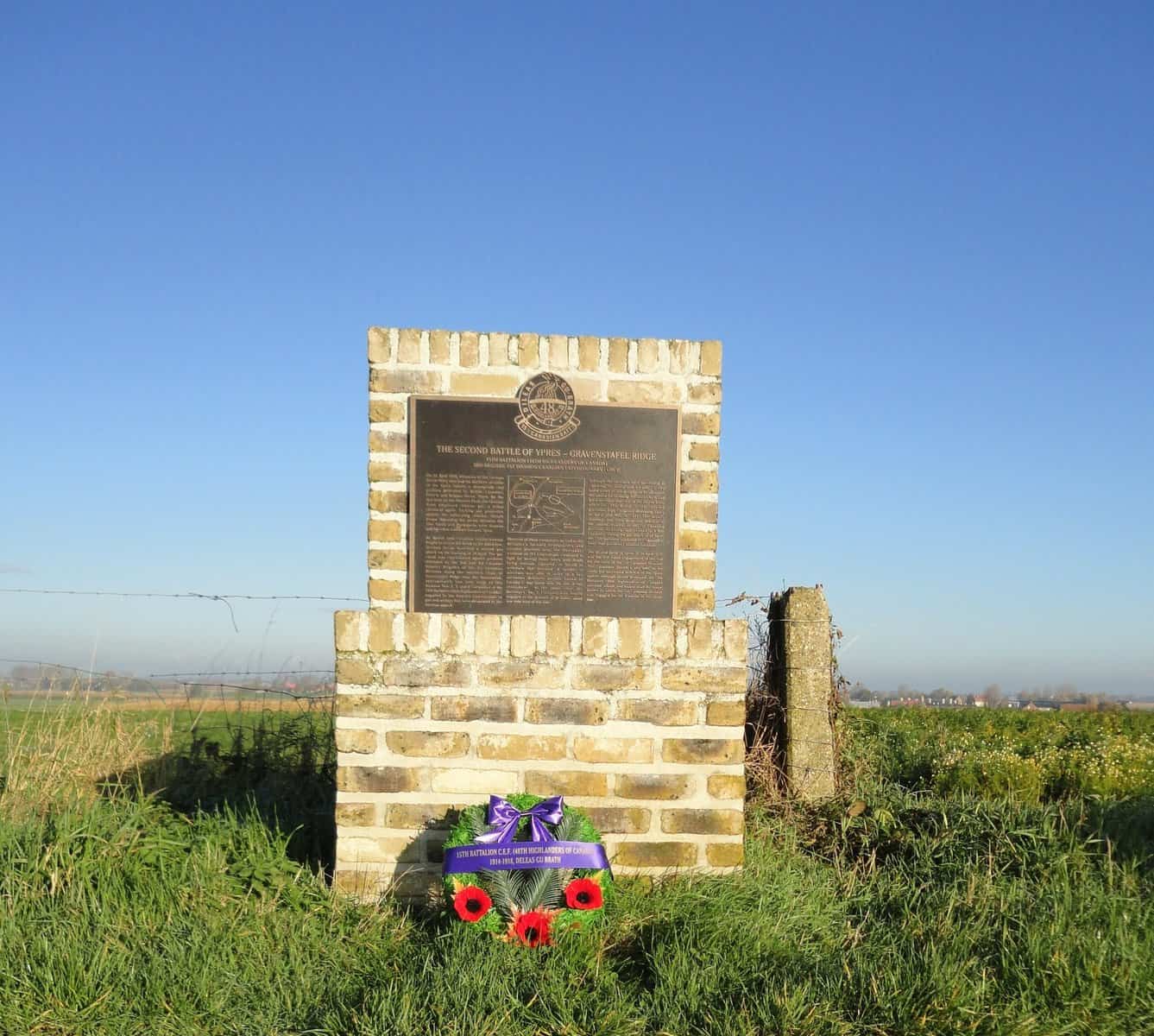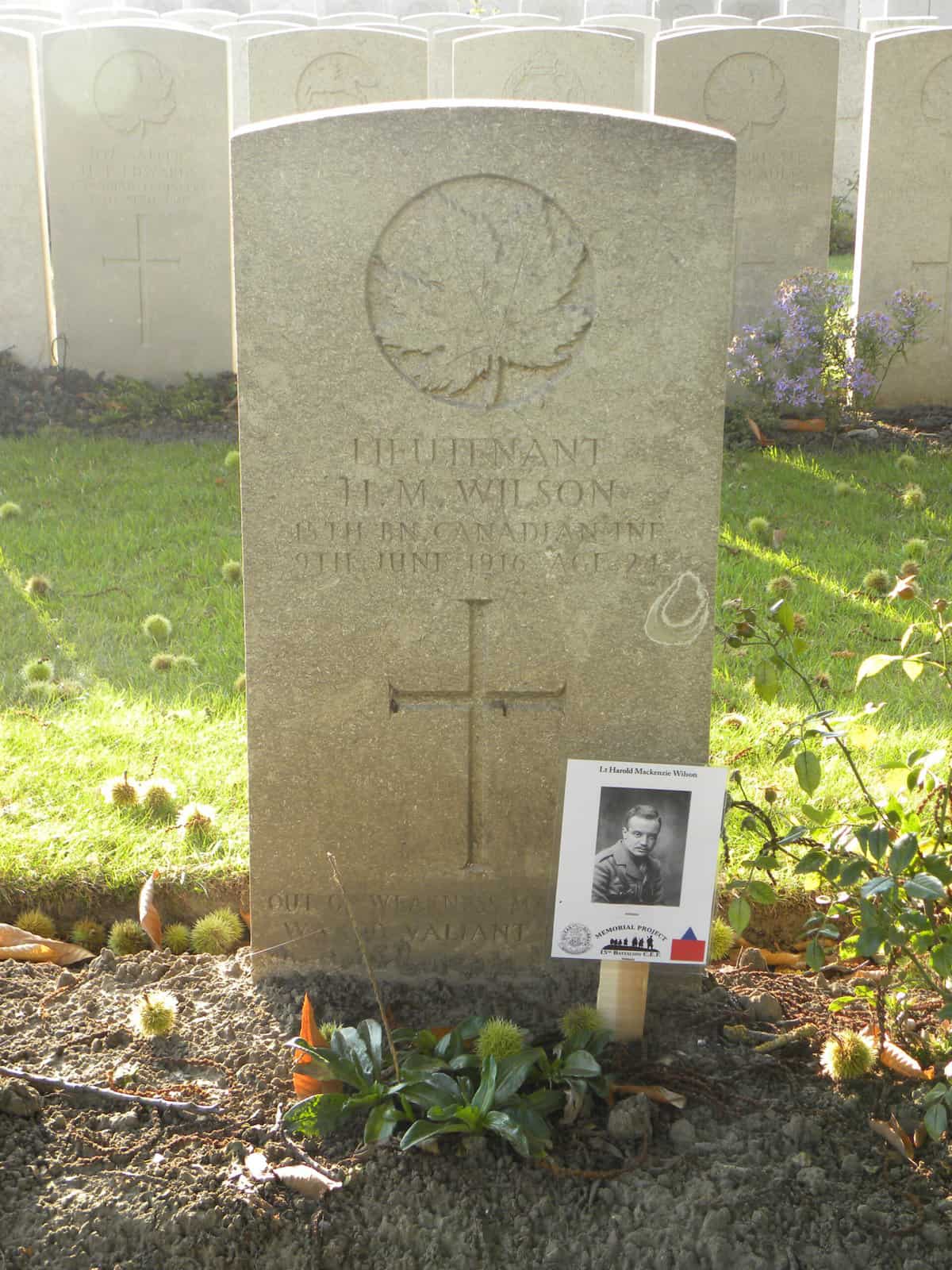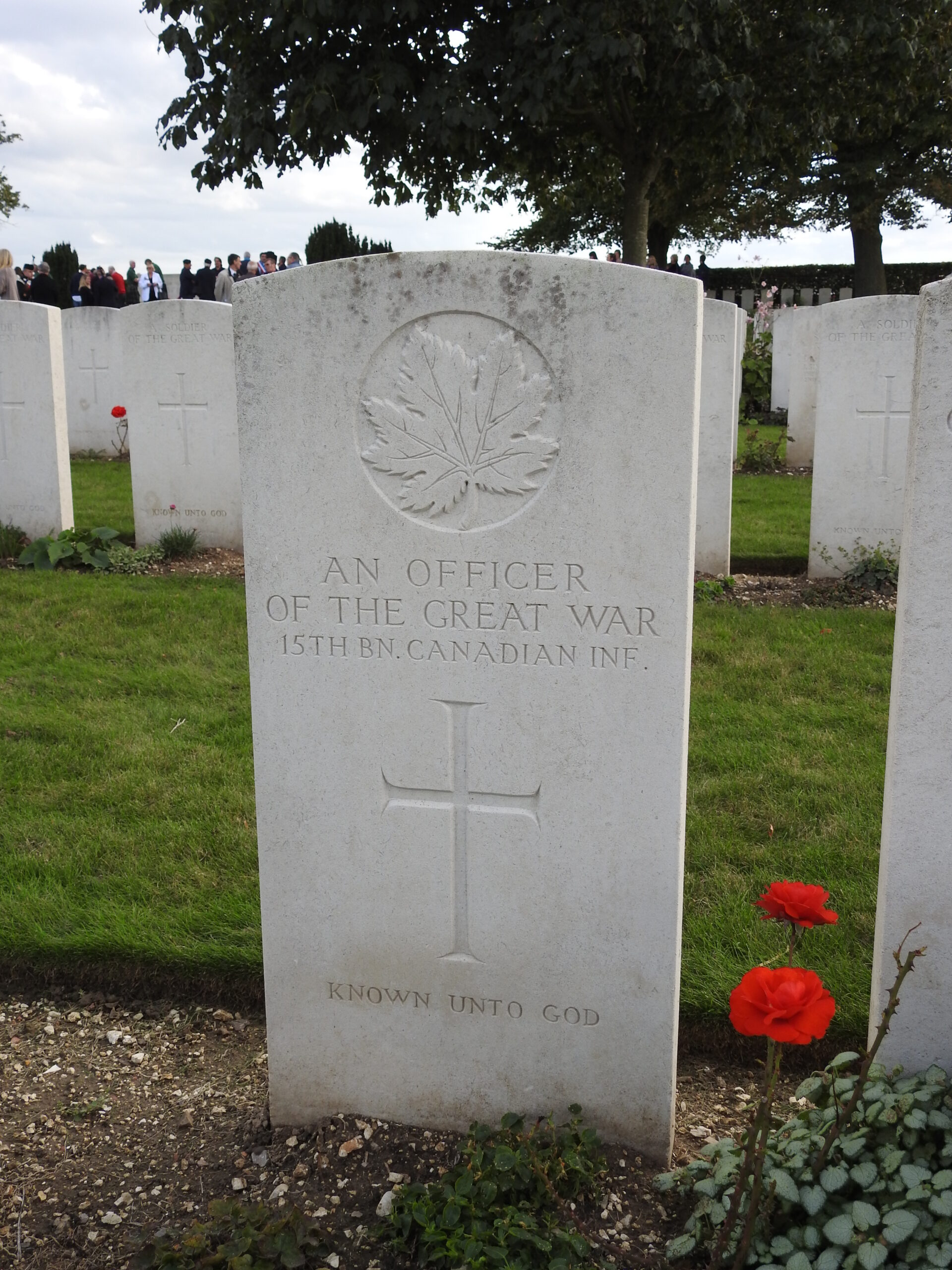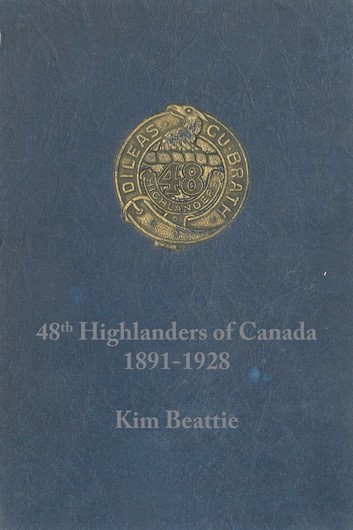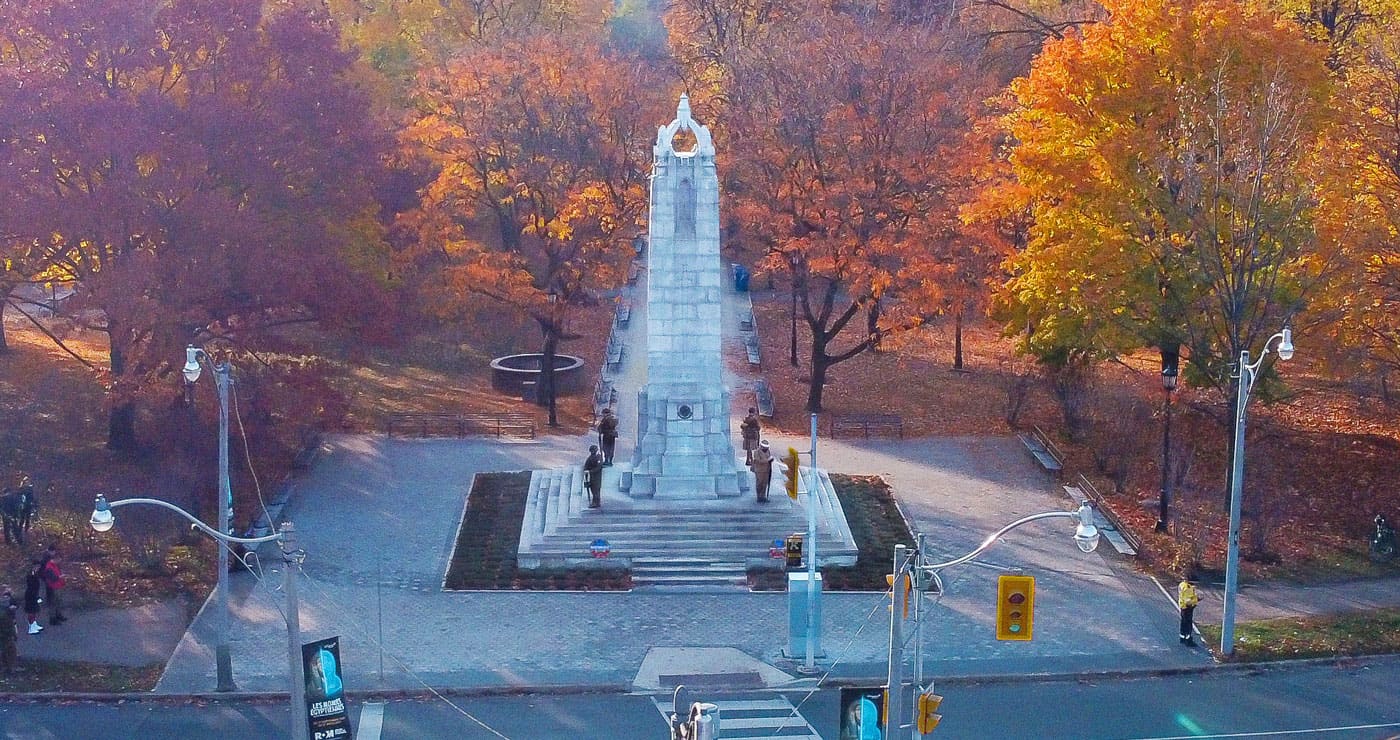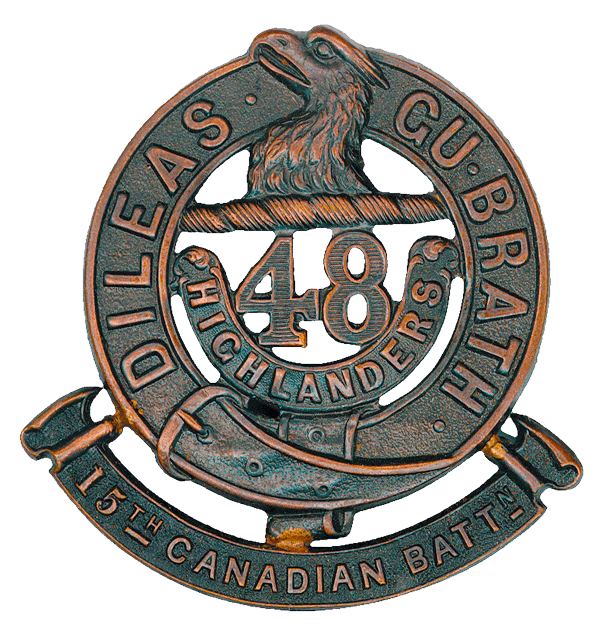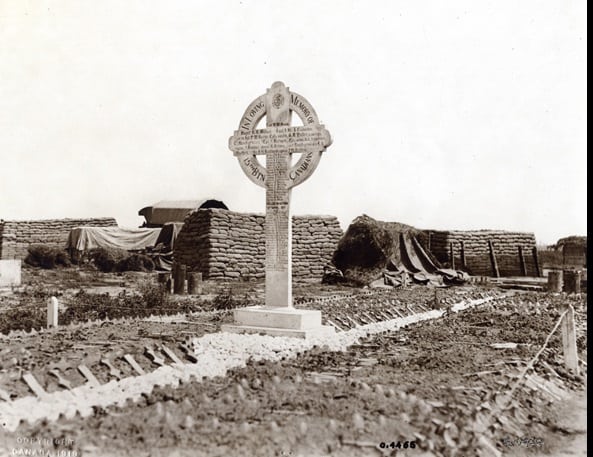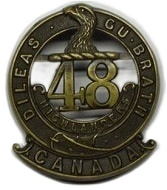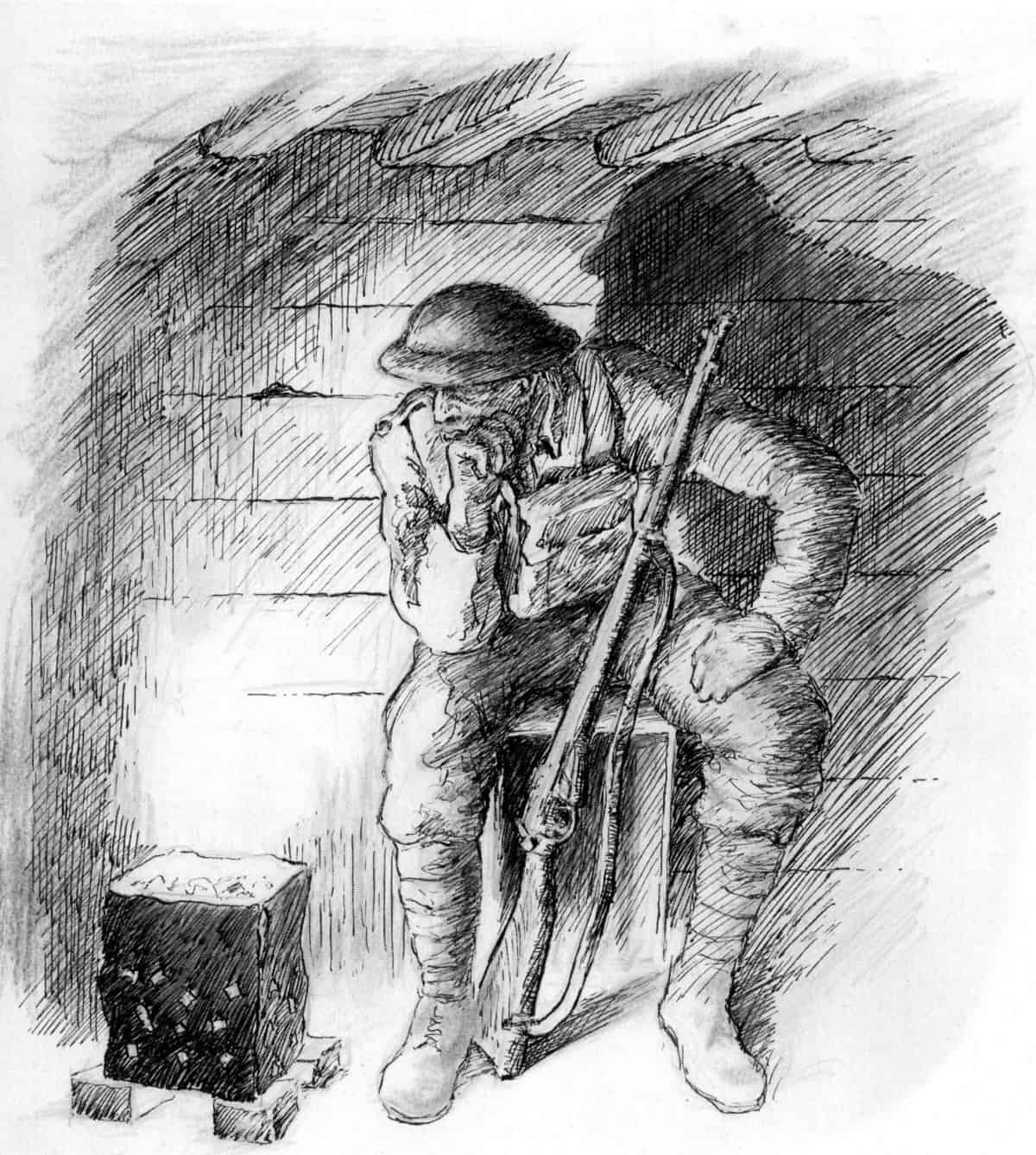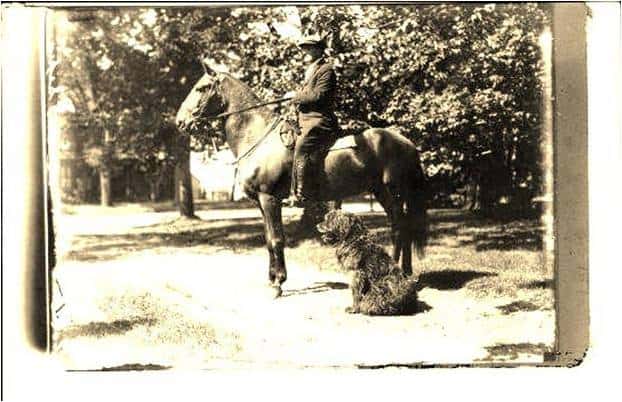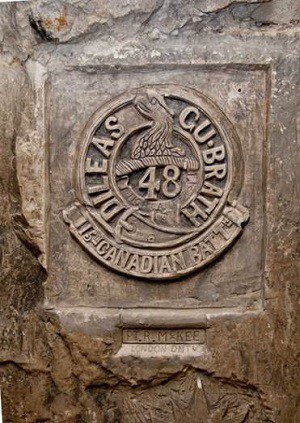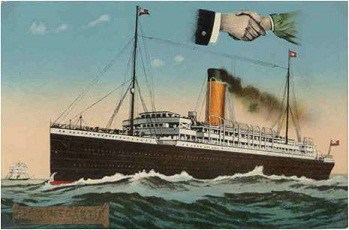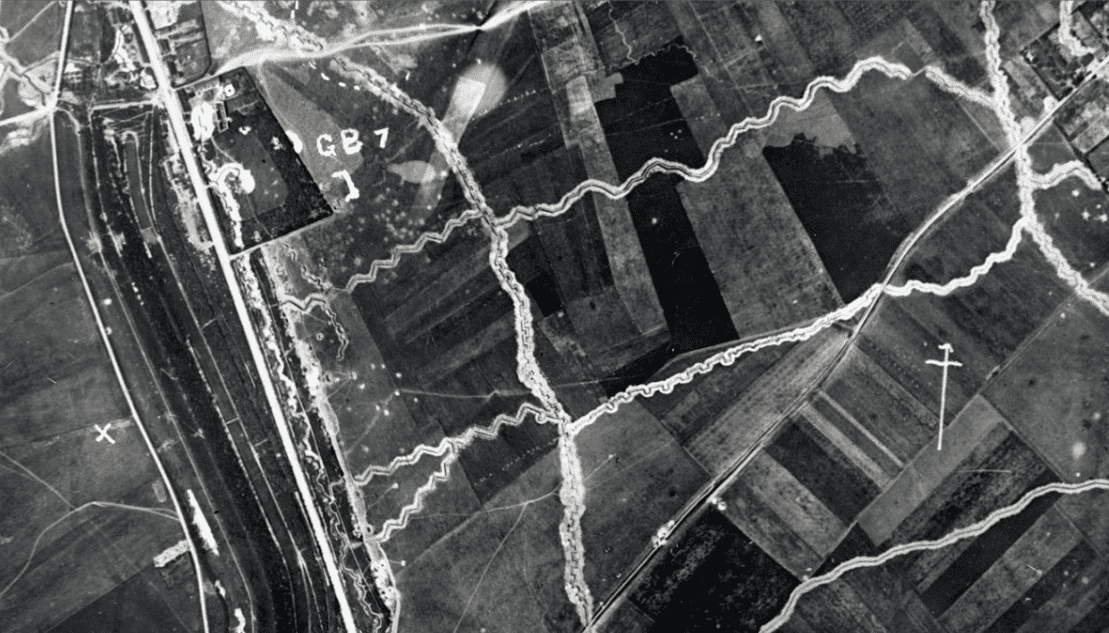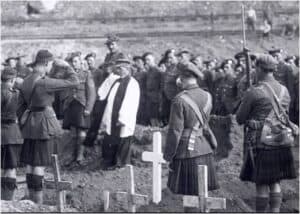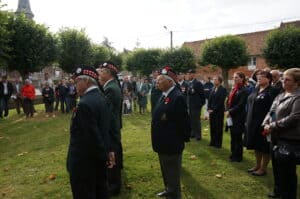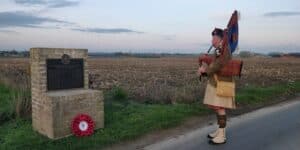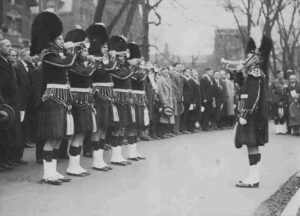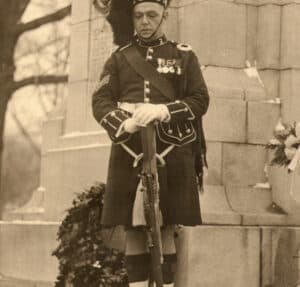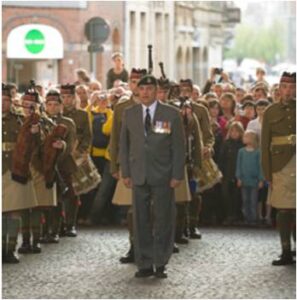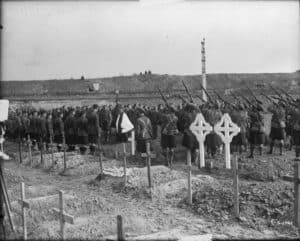Customs and Traditions
At commemoration services, the sounding of The Last post is usually followed by silence for one or two minutes as a sign of respect and a time for reflection. The idea for the two-minutes silence is said...
The origins of the lone piper are obscure, although a lone piper has been a feature of Scottish military ceremonies for several hundred years. Traditionally, in Scottish units a lone piper takes the place...
Since Roman times, bugles or horns had been used as signals to command soldiers on the battlefield and to regulate soldiers’ days in barracks. After the one minute’s silence, flags are raised from half-mast...
The tradition of reversing and resting on arms – that is, leaning on a weapon held upside down – has been a mark of respect or mourning for centuries, said to have originated with the ancient Greeks. Descriptions...
They shall grow not old, as we that are left grow old:
Age shall not weary them, nor the years condemn.
At the going down of the sun and in the morning
We will remember them.
In most ceremonies of remembrance...
Flowers have traditionally been laid on graves and memorials in memory of the dead. Rosemary, symbolizing remembrance. Laurel a commemorative symbol, often woven into a wreath, was used by the ancient...
Salutes may be fired with personal weapons, field pieces, or ship’s cannons. The origins of such salutes are a little obscure. Making a loud noise has long been regarded as a form of celebration. Another...
No posts found


